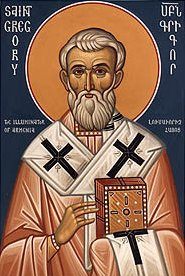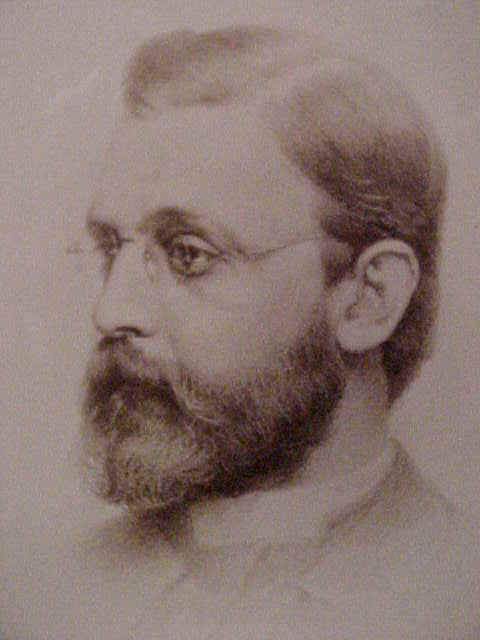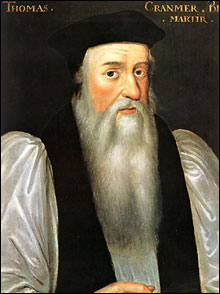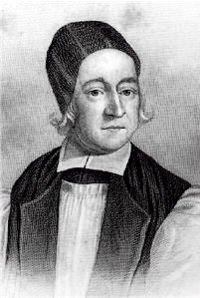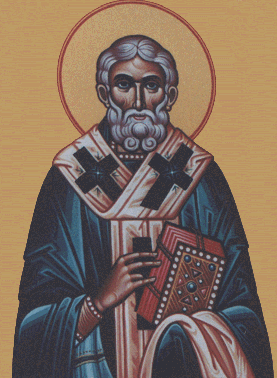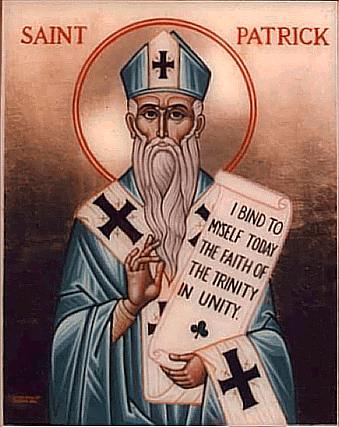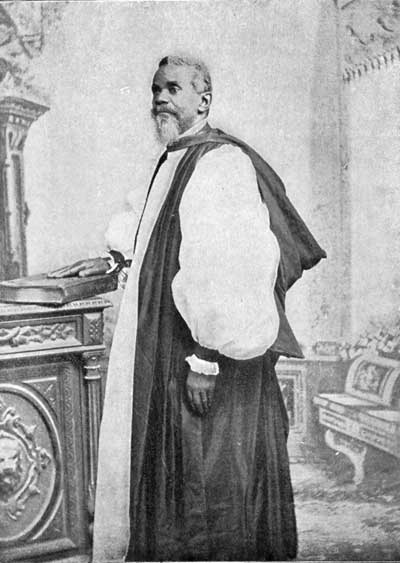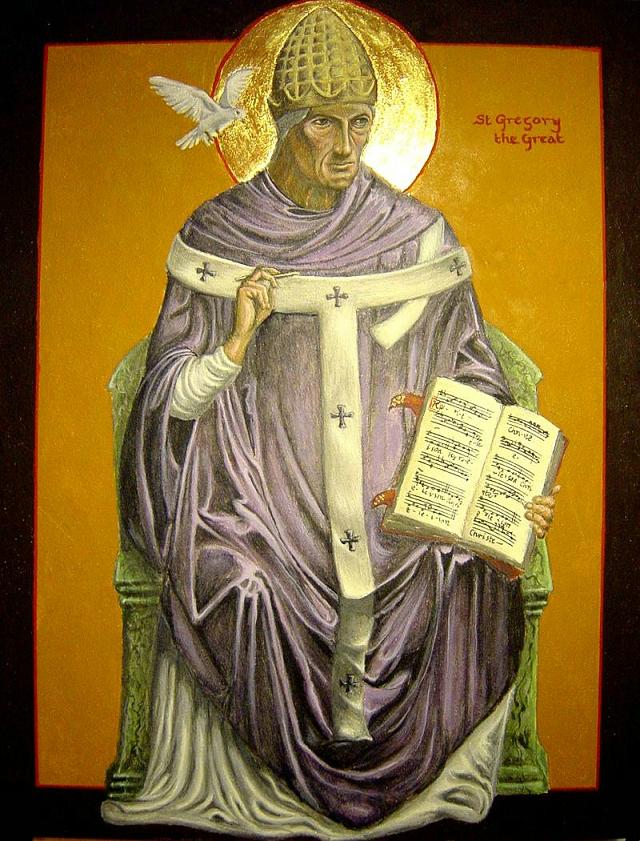Welcome to the Holy Women, Holy Men blog! We invite you to read about this commemoration, use the collect and lessons in prayer, whether individually or in corporate worship, then tell us what you think. For more information about this project, click here.
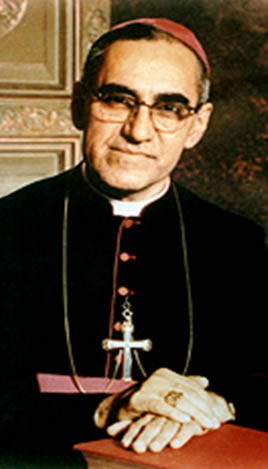
Óscar Arnulfo Romero y Galdémez was born on August 15, 1917, in San Salvador. At the age of twelve, he was apprenticed to a carpenter, but was later able to attend seminary. His family’s economic circumstances forced him to withdraw to work in a gold mine. Ultimately he entered another seminary and was eventually sent to the Gregorian University in Rome to study theology. After his ordination to the priesthood, he returned to his native land, where he worked among the poor, served as an administrator for the Church, and started an Alcoholics Anonymous group in San Miguel.
When he was appointed a bishop, radicals distrusted his conservative sympathies. However, after his appointment as Archbishop of San Salvador in 1977, a progressive Jesuit friend of his, Rutilio Grande, was assassinated, and Romero began protesting the government’s injustice to the poor and its policies of torture. He met with Pope John Paul II in 1980 and complained that the leaders of El Salvador engaged in terror and assassinations. He also pleaded with the American government to stop military aid to his country, but this request was ignored.
Romero was shot to death while celebrating Mass at a small chapel near his cathedral on March 24, 1980. The previous day, he preached a sermon calling on soldiers to disobey orders that violated human rights. He had said, “A bishop will die, but the Church of God which is the people will never perish.” The Roman Catholic Church declared him “a servant of God,” and he is honored as a martyr by many Christian denominations worldwide.
Almost nine months after Romero’s assassination, four Maryknoll nuns were also killed in the course of their duties by the El Salvadoran army. Nine Jesuit priests were similarly murdered in November of 1989. A statue of Romero stands at the door of Westminster Abbey as part of a commemoration of twentieth-century martyrs.
Collects
I Almighty God, who didst call thy servant Óscar Romero to be a voice for the voiceless poor, and to give his life as a seed of freedom and a sign of hope: Grant that, inspired by his sacrifice and the example of the martyrs of El Salvador, we may without fear or favor witness to thy Word who abideth, thy Word who is Life, even Jesus Christ our Lord, to whom, with thee and the Holy Spirit, be praise and glory now and for ever. Amen.
II Almighty God, you called your servant Óscar Romero to be a voice for the voiceless poor, and to give his life as a seed of freedom and a sign of hope: Grant that, inspired by his sacrifice and the example of the martyrs of El Salvador, we may without fear or favor witness to your Word who abides, your Word who is Life, even Jesus Christ our Lord, to whom, with you and the Holy Spirit, be praise and glory now and for ever. Amen.
Lessons
Isaiah 2:5-7
Revelation 7:13-17
John 12:23-32
Psalm 31: 15-24
Preface of a Saint (3)
From Holy, Women, Holy Men: Celebrating the Saints © 2010 by The Church Pension Fund. Used by permission.
* * *
We invite your reflections about this commemoration and its suitability for the official calendar and worship of The Episcopal Church. How did this person’s life witness to the Gospel? How does this person inspire us in Christian life today?
To post a comment, your first and last name and email address are required. Your name will be published; your email address will not. The first time you post, a moderator will need to approve your submission; after that, your comments will appear instantly.
